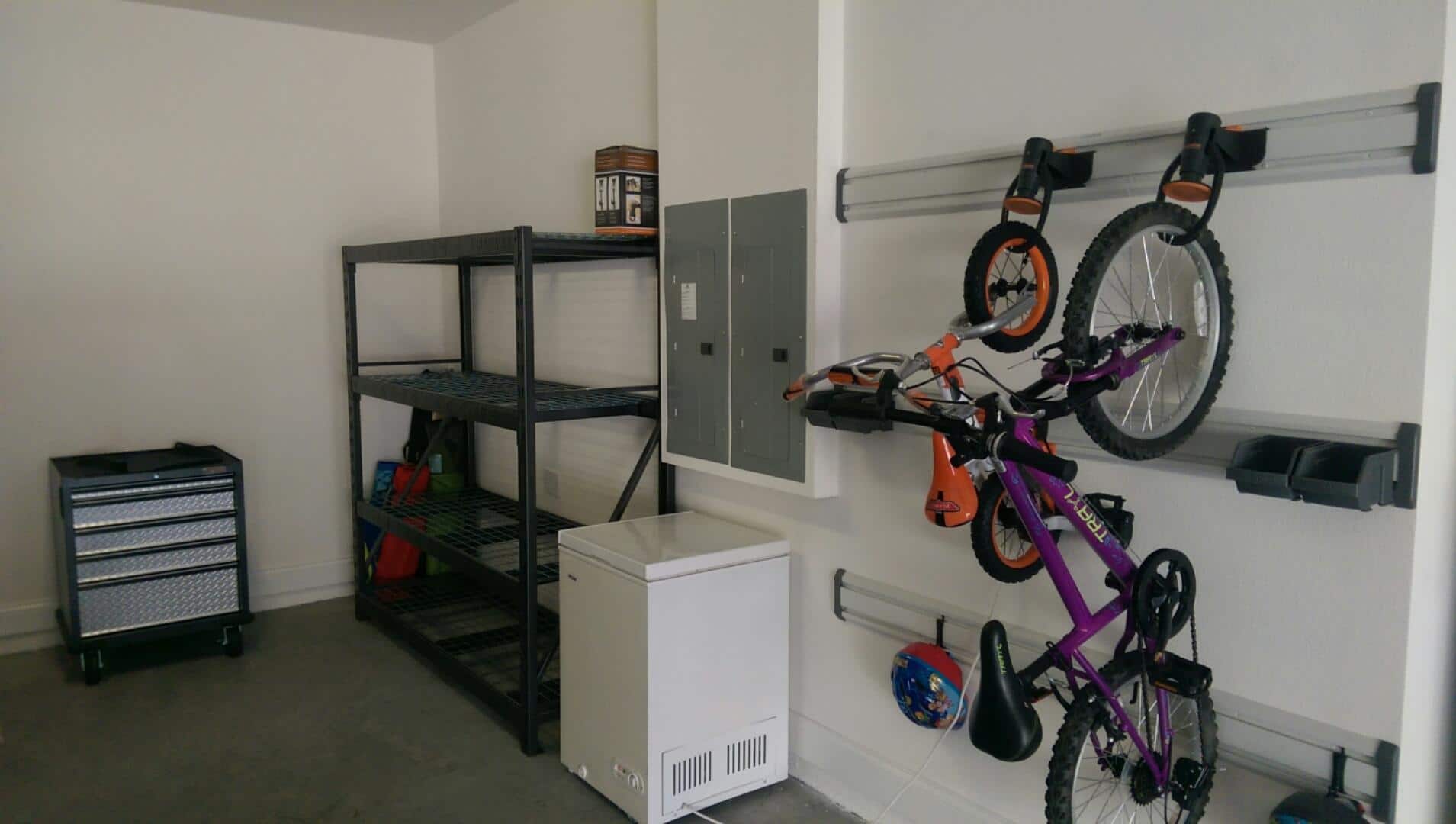Trying to figure out how to organize your garage in Orlando? Don’t forget you need air! Garage insulation is crucial to the organization and design process. Your garage’s temperature depends on the weather outside and controlling the degrees can be difficult. The garage typically fluctuates, which can damage your belongings and increase your energy bills. If your garage is poorly insulated, it can have an effect on the interior of the home. Learn why and how every homeowner should be insulating their garage space.
You Should Be Insulating
Adding insulation to your garage allows you to be comfortable with the temperature. You’ll save a lot of energy. In the long term, your bills could dramatically decrease. Additionally, it will sound-proof your space so you can keep noise out or in. If you live in a busy city, insulation can help drown out the sounds of traffic. Or if you have a workshop, it will prevent your neighbors from hearing.
Where You Should Insulate
There are three main areas that need insulation:
- Walls: Homes usually come with walls that have built-in insulation. By law, this is done due to the fire hazards linked to garages. Materials stored in the area are combustible, and most garages don’t have smoke detectors.
- Doors: The garage door is the easiest and most inexpensive place to install insulation. This DIY project is fast, and you can purchase different types or a kit that has it all. In time, you’ll save thousands of dollars. Every homeowner should add insulation to their garage door, especially if your interior wall is connected to the garage.
- Ceiling: It’s very important to insulate your garage ceiling, especially if there is a room directly above it. The room will take on whatever the weather is outside. Consider air flow and if condensation will build up because it leads to mold. Installing insulation here will cut your energy bills and make the room more comfortable. However, be aware this is a job for a professional, and can be very expensive and time-consuming.
Types of Insulation
There are different types of insulation and it’s best to do your research in advance. They all regulate the temperature, but can come with downfalls.
- Batt: Batt insulation is inexpensive and go inside the walls, directly between studs. Made from fiberglass, this insulation is available in precut sizes. Although it’s not the best choice, it’s ideal for inside the walls and ceilings, and behind drywall.
- Foam Boards: Foam boards are stiff, cheap, and simple. Made from polystyrene, foam board insulation is durable, with a simple set up. Among the variety of insulation, this is the easiest a homeowner can use.
- Foam Sealant: Spray foam, or insulating foam sealant, comes in various forms, including large bundles or a small spray can. They work great for sealing the air flow around doors and windows, including small cracks and hard-to-reach places.
- Loose and Blow-In: Loose and blow-in insulation is blown into places like garage attics and between walls. You can fill small spaces, crevices, and corners. This is an inexpensive method, but may be difficult to use in the garage.
Want to learn how to organize your garage in Orlando? At Garage Design Works, we offer garage organization solutions for every space. Contact us today for a free in-home consultation and to learn more about what we have to offer!


